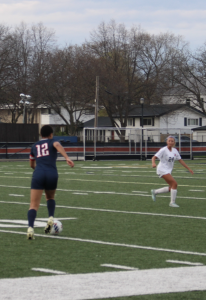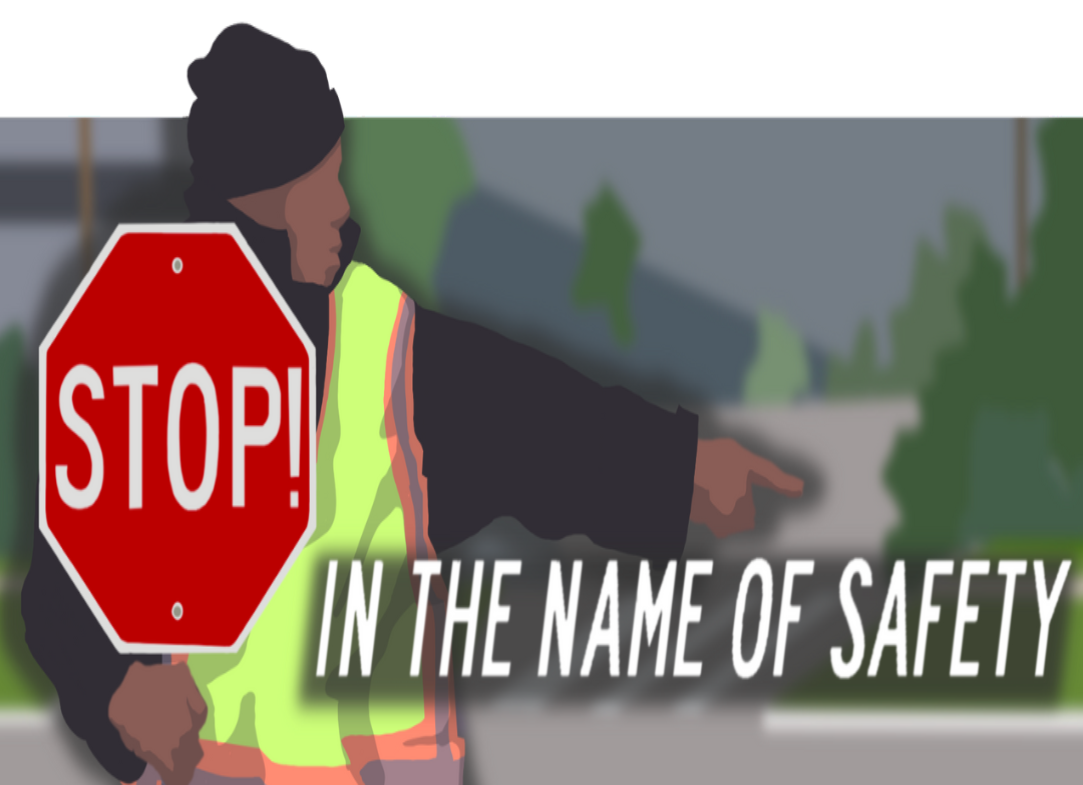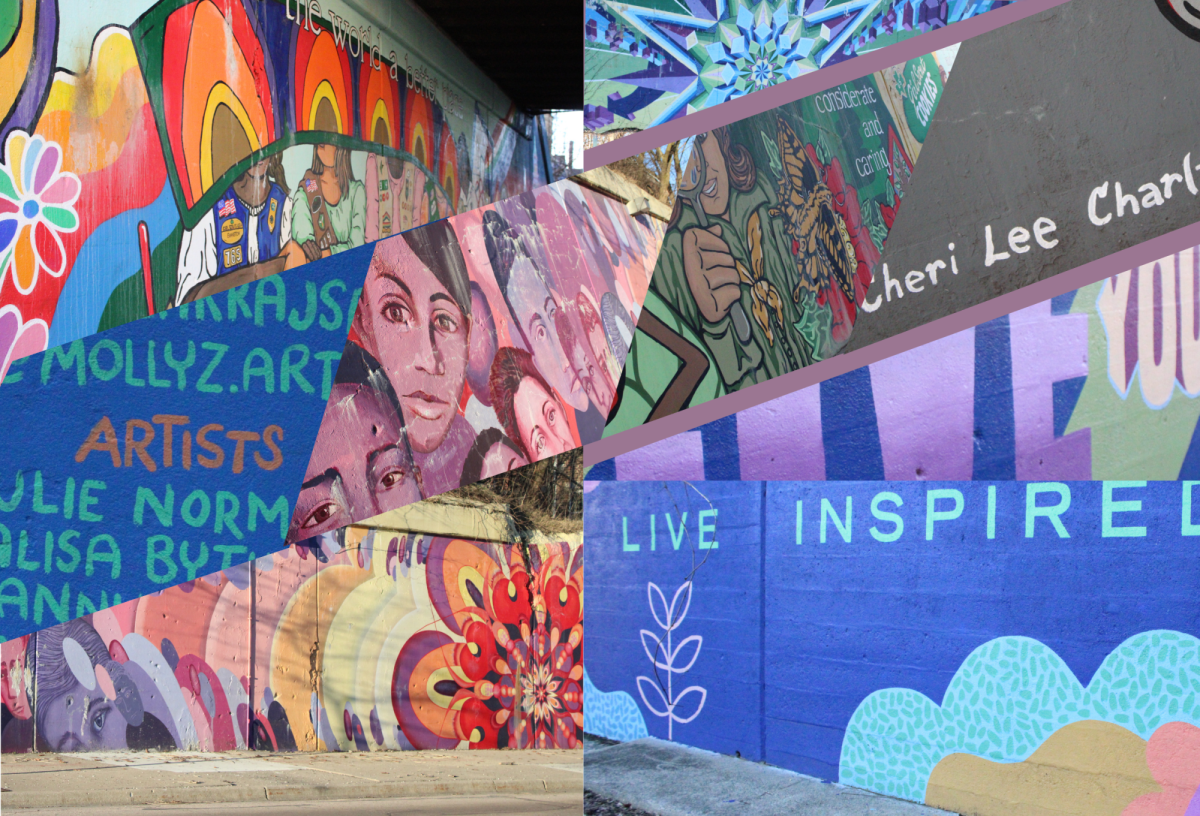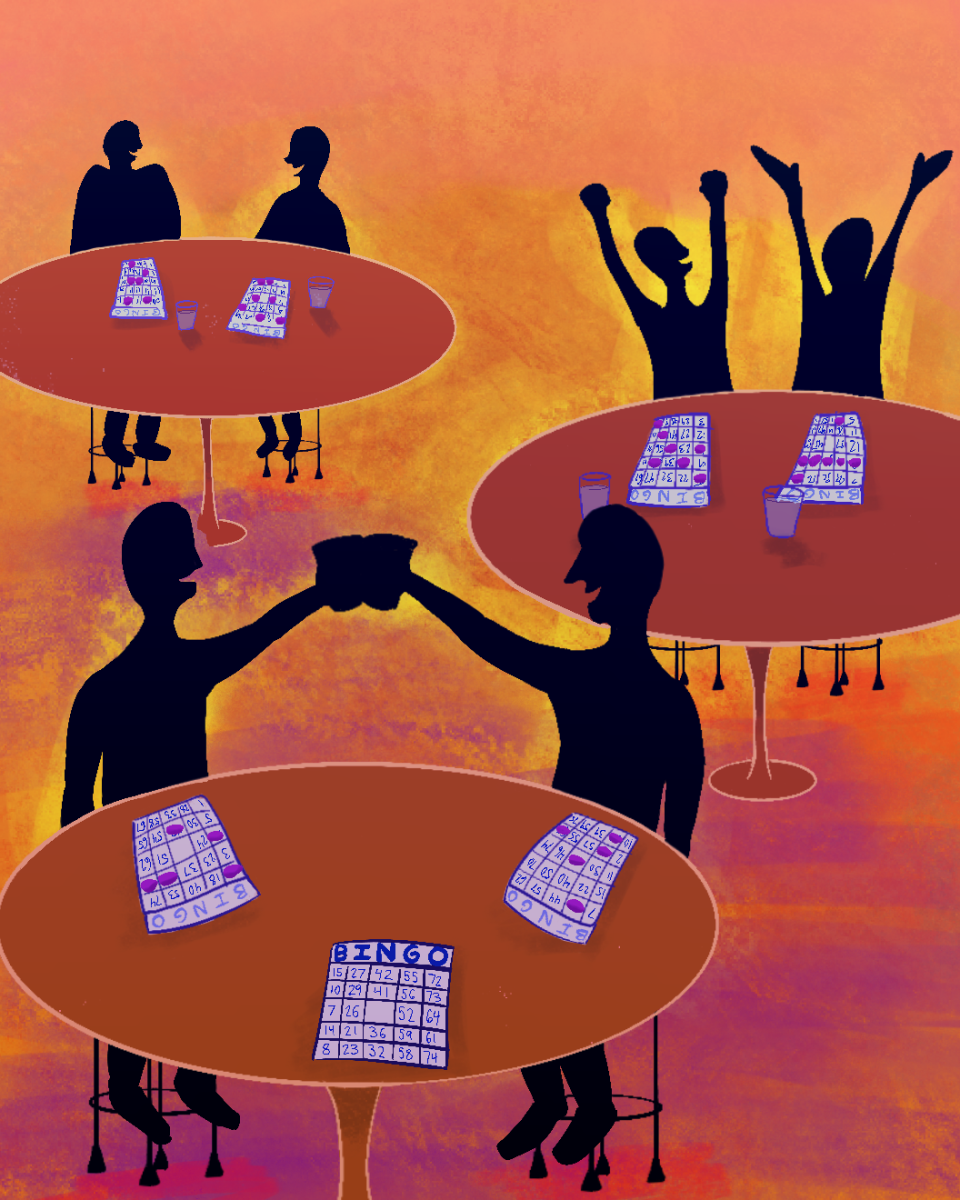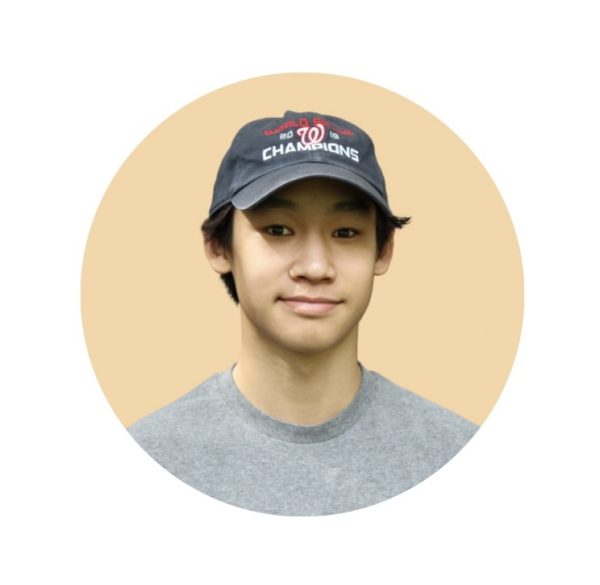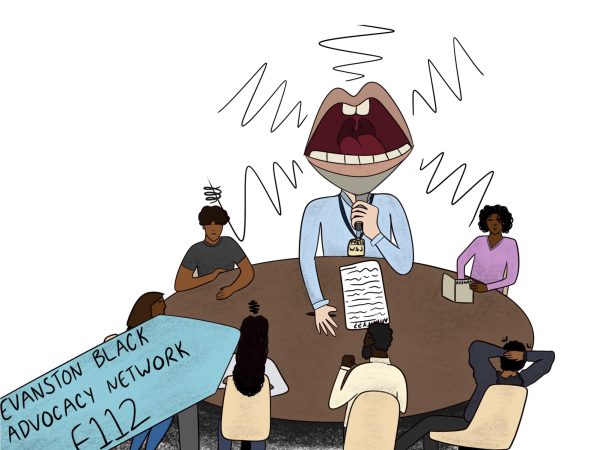The consuming gap of achievement only grows
February 15, 2019
Two eager five-year-olds walk through the doors of their elementary school in tandem, not one inch in front of the other as they take each stride forward. However, even as they reach their Kindergarten classroom on the very first day, a gap stands between—an ugly, old gap—feeding indiscriminately from a type of malevolence that only the American education system could give birth to.
The truth is that these two eager five-year-olds were never in tandem. Before they set foot into the first day of Kindergarten, the gap was already there. Before they were brought into this world, the gap was already there. Before they were a twinkle in their parents’ eyes, the gap was already there. When they both reached their Kindergarten classroom on the very first day, one of the five-year-olds was allowed entry—which was the beginning of an academic relationship of cherishment and warmth—while the other could not take another step.
In the other’s way stood a chasm—a growing black emptiness in the bedrock of American education system— between themselves and their supposed “peer.” A chasm that devours flesh, gnaws bones, laps blood, crunches teeth, swallows souls, all breaking this othered five-year-old down to nothing but a skeleton with no consciousness, no soul, no humanity.
While this chasm takes on many forms and many names, it is most commonly referred to as ‘the achievement gap’. And it is a gap that separates children from one another from the beginning, suckling a disparity of that only grows with time. And grown it has in Evanston.
Evanston—with its parasitic relationship with ignorance and complacency—has actively fed the splintering of the chasm, all under the guise of bridging it to a complete close.
Tracing back decades before, just months after The Civil Rights Act of 1964 and other government efforts, Evanston decided to implement new measures to foster diversity within its schools, fathering a ‘simple fix’ plan to desegregate and racially balance the district’s schools in December 1964. The plan utilized the busing of students from Evanston’s very own Dewey and Foster school with black student populations at 66 percent and 99 percent, respectively.
The issue of desegregation busing in Evanston falls within the inherent dehumanization of black and brown students. The consumption of blackness and brownness for the purpose of racial balance holds a mirror to the value that black and brown students hold in Evanston, again reducing them to nothing but lifeless pawns intended to conjure visible veneers of diversity.
In the execution of busing in Evanston, the dehumanization of black and brown was carried out in an intrinsically injurious way. And as the district lines were drawn and redrawn year after year at the expense of the already-dehumanized, the true goal became clear.
When evaluating busing’s failure, we cannot fully evaluate it without understanding the district’s public and private hopes and aspiration, and while racial balance and dehumanization seem abstract when held in contrast, the two are bloodsuckingly toxic of one another, each with the one’s success dependent on the other’s.
The district’s chief goal to provide racial balance seemed simple as it simply entailed the integration of already in place racial groups in Evanston. However, racial balance was far from simple to achieve. It was a desire for racial balance that implored that black and brown students leave their communities in favor of assimilation into a supposedly better one, attend schools as second class citizens to their peers and, most of all, serve as dehumanized playthings that superficially represent diversity and difference.
While there are many problems with this, there is one glaring one in particular; you cannot expect those who are treated as subhumans to be agents of diversity to thrive in a space that is set on their failure, which only cracks the chasm even wider, allowing the darkness to swallow those who even think of crossing it.
With all ultimate failures and injustices, there is something to be learned. When human beings are reduced—rather dehumanized—to objects of diversity, any academic reparations that are enacted from then must be made with this past in mind. With Evanston’s long, infernal history of dehumanization, academic reparations must now not only seal the chasm created by centuries of brutalization and colonization prior, but they also must seal the chasm that was created even further by its failed academic reparations—if you can even call it that.
You cannot close a growing chasm. A growing chasm will do everything in its power, roaring with screeches of anguish as it rumbles to a quiet close, to consume every last shred of humanity. A growing chasm will tear through, searching ravenously for more blackness and brownness to feed it. A growing chasm will not stop. It will not stop unless we expand our consciousness and introspection to fully realize that Evanston, as it continues to brand busing as a means of racial balance and diversity implementation, is the chasm, or at least its greatest benefactor.
And as black and brown students, like I and many of my peers, stare down the growing black emptiness in the bedrock of the American education system, we see the absence of hope, the absence of encouragement, the absence of love, the absence of understanding, the absence of all things our white peers are lathered in each day they step foot into school. And alas, as we look into that face of absence—the emptiness, that cruel emptiness—the chasm has won.





